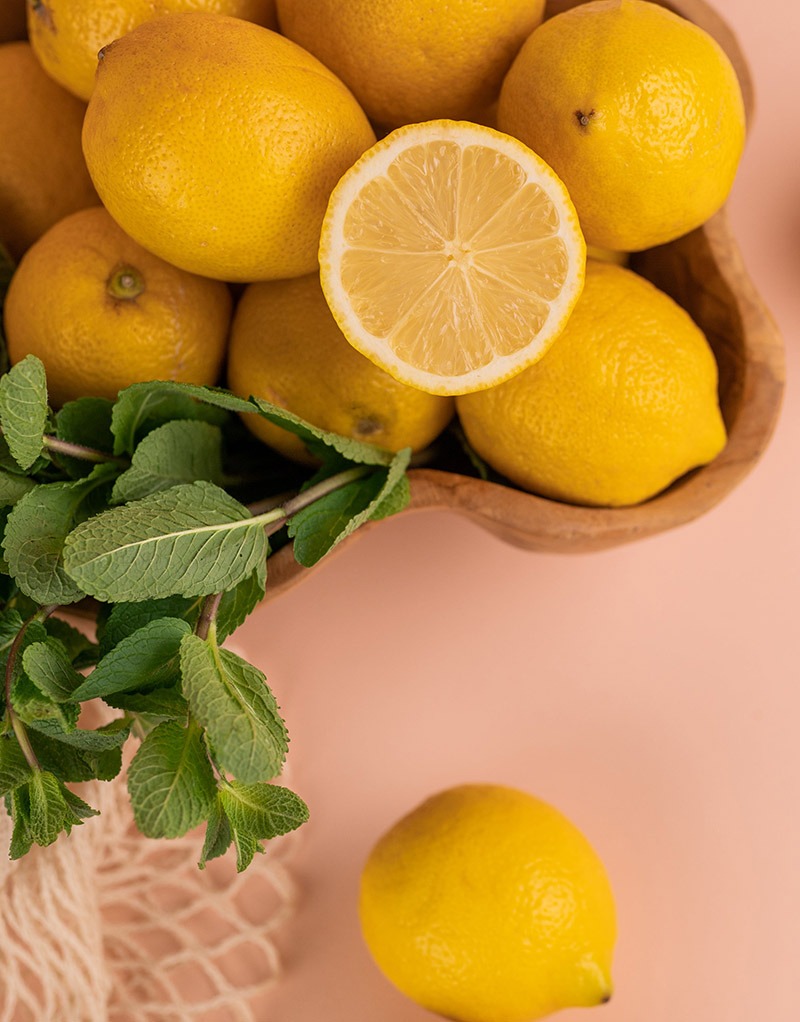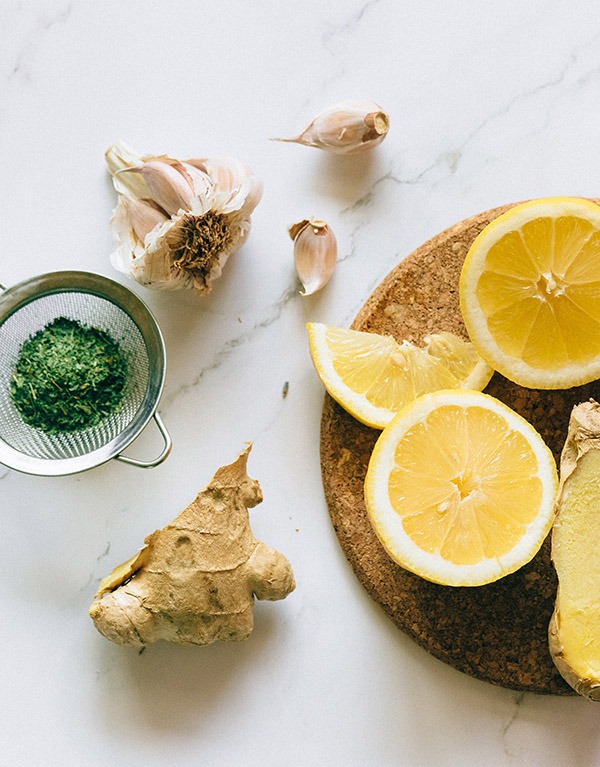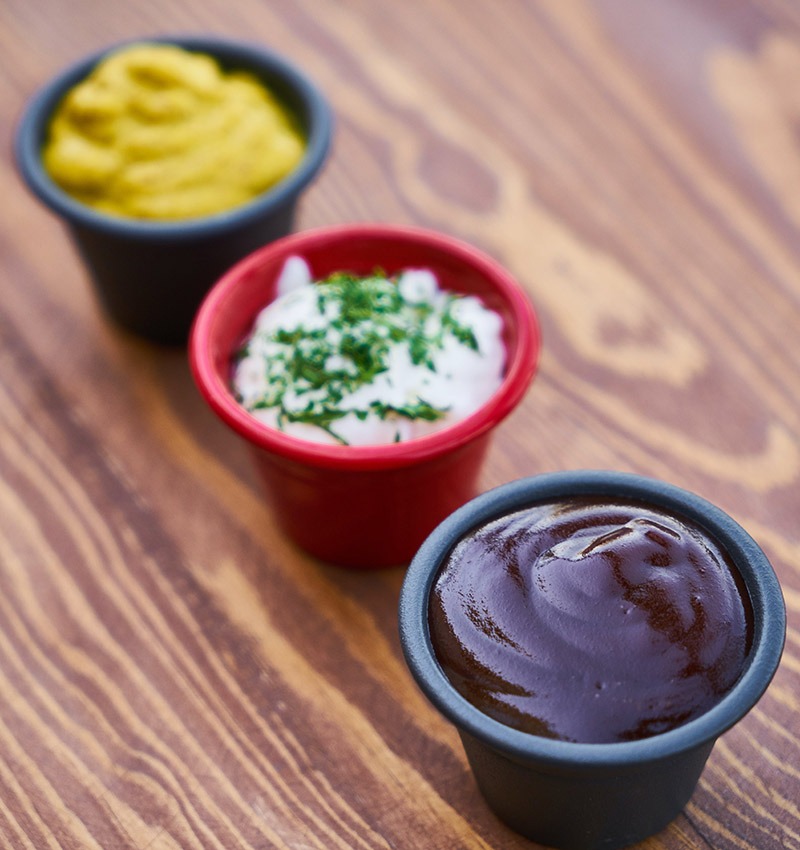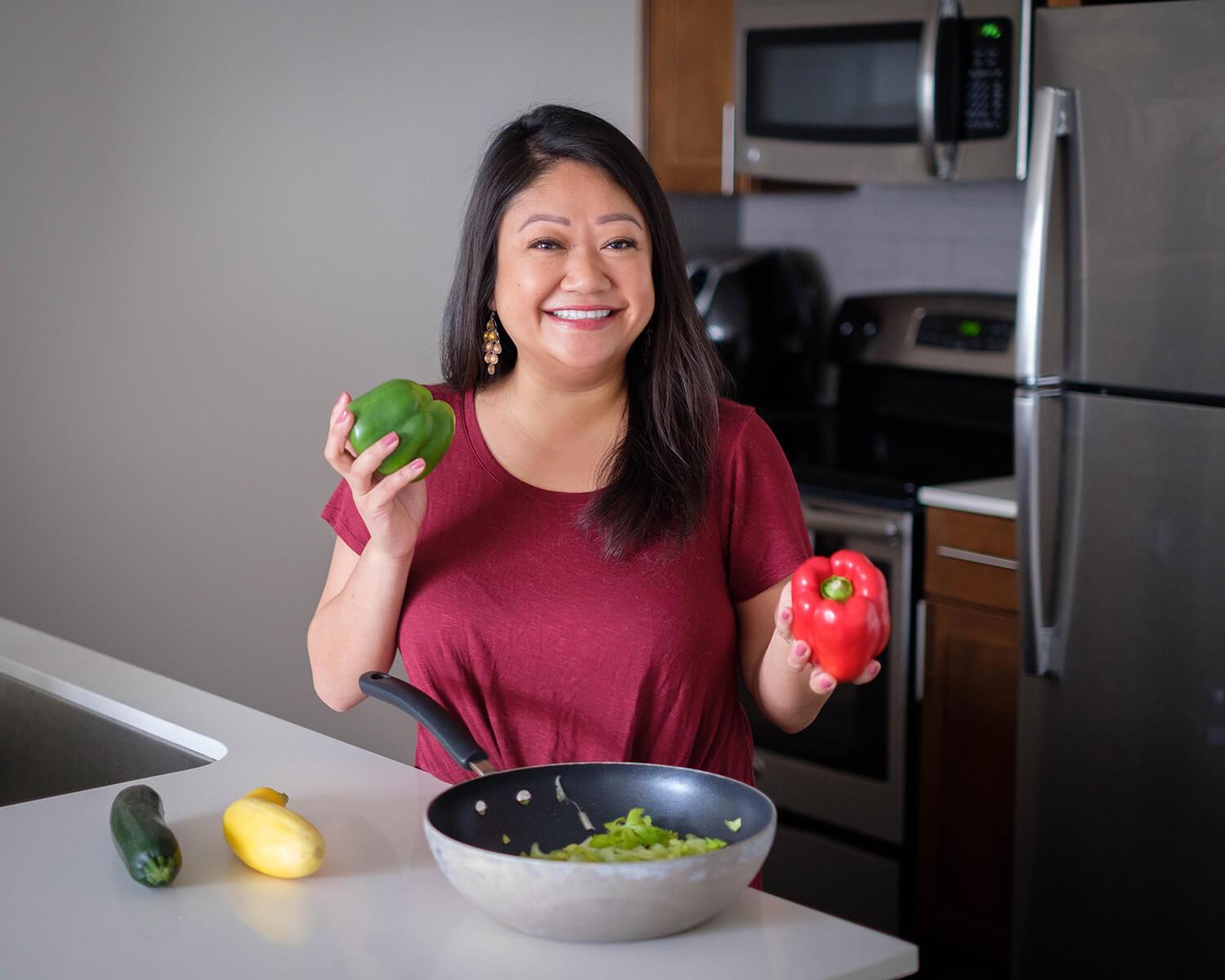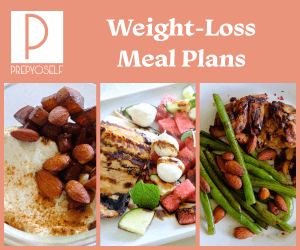Meal prep versatility can make or break a routine. Meal prep burnout happens because you get bored of the flavors, the textures, the monotony of it all. It can also be as simple as one week of meals that you don’t like but are stuck with 5 days of food and you break from your habit. This is where versatility comes in and makes a world of difference. Being able to break up the pattern, pivot mid week, and feel reassured that you aren’t stuck eating the exact same meal all week.
There is a lot that you can do to improve your meal prep versatility. The most important part of any meal prepping is planning out your recipes. Preparing food that you like, stores well, is easy to cook, and combines with the other ingredients is the focus.
View our regularly updated Weekly Meal Plans!
Start with flavor profiles
Some flavors go well on certain proteins and work differently with various vegetables. Consider flavors that you already like and plan around that to determine the protein.
1. Garlic and Herb:
One of the most versatile flavor combinations is garlic and herb. It can be adjusted for your taste, goes on a ton of different ingredients, and is very healthy for you. You honestly might be able to put this on everything that isn’t sweet.
Components: Garlic, rosemary, thyme, oregano, parsley.
Works well with: Roasted vegetables, grilled meats, pasta, salads.
2. Citrus and Herb:
This is a great combo of flavors for versatile meal prep as flavor is light and tends to leave the meal overall feeling light. This is good for lunches at work where you do want to be too tired after eating. This is also very easy to adjust to your preferences.
Components: Lemon, lime, orange, cilantro, mint.
Works well with: Seafood, chicken, salads, grains, vegetables.
3. Savory Umami:
Soy sauce can do a lot of work in flavoring foods. It’s a powerful flavor that is balanced out by the miso, mushrooms, and sesame oil. This is great for having a strong impact but it does limit the versatility as many foods simply taste like soy sauce if you go too heavy with it.
Components: Soy sauce, miso, mushrooms, sesame oil.
Works well with: Stir-fries, grilled meats, roasted vegetables, rice dishes.
4. Mediterranean:
This is another light flavor set that is delicious and nutritious. Getting fresh herbs will make a big difference but even the dried the seasoning bottles will work for improving your meal prep versatility.
Components: Olive oil, garlic, lemon, oregano, basil.
Works well with: Grilled proteins, salads, pasta, roasted vegetables.
5. Spicy and Smoky:
Spicy and smoky is a strong flavor combination with a lot of character. Used sparingly, in just the protein, works great and the veggies can be added later with little to no flavoring.
Components: Chili powder, cumin, paprika, chipotle, garlic.
Works well with: Tacos, barbecue, roasted meats, soups.
6. Sweet and Tangy:
Sweet and tangy is a good way to balance out these other flavor profiles in your meal routines. Sometimes you need something that is less salty, smokey, or citrus-y. This profile can waken up taste buds and make any ingredients dramatically change their taste.
Components: Honey, balsamic vinegar, mustard, maple syrup.
Works well with: Grilled meats, salads, roasted vegetables, glazes.
7. Balsamic Glaze:
Glazes are a great way to season your food. It’s easy to adjust the strength of the glaze and adjust the amount you pour onto the food itself. It can work as a marinade or as a dressing.
Components: Balsamic vinegar, honey, Dijon mustard.
Works well with: Grilled meats, roasted vegetables, salads, bruschetta.
8. Ginger Sesame:
Ginger sesame is a fantastic flavor profile that can be light as well, depending on how you make it and how much you add. This is another versatile meal prep flavor that is perfect for work lunches.
Components: Ginger, soy sauce, sesame oil, green onions.
Works well with: Stir-fries, grilled meats, salads, noodles.
Choose versatile ingredients
Just like with choosing versatile flavors, versatile proteins and veggies are important. Consider the flavor profiles you’re interested in and choose a protein that can work well across multiple.
- Proteins: Chicken breast, ground turkey, tofu, beans, ground beef.
- Grains: Quinoa, brown rice, couscous.
- Vegetables: Bell peppers, onions, cherry tomatoes.
- Healthy Fats: Avocado, olive oil, nuts.
These are safe places to start for each category, however, depending on your personal tastes, you can really expand in tons of directions after identifying the flavors you want to work with.
Bulk prep protein, cook sides as needed
Another approach to versatile meal prep is to bulk cook the protein. This is often the most involved and longest part of the cook. If you can knock this out ahead of time then you can assemble meals as needed. This works especially well with instant pots, chicken, cuts of beef, and ground beef or turkey mixed with a sauce. This can often make enough to last all week, is super easy and can be portioned out and reheated nicely.
The sides or the grains and veggies for each meal are important. Depending on the grain you’re going for, these can be cooked half at the beginning and the second half as you need it. This will keep the texture like you want it and offer you a chance to change it up if you are no longer enjoying the quinoa or cauliflower rice.
Veggies again can be eaten raw and just need to be cleaned and cut. You can also cook them separately and have them ready to be portioned out. Again, consider only making enough for a couple of days or making two sets of different vegetables so you can change it up each day.
The most important thing is to store the different parts individually. As soon as you combine all of the separate foods, they combine and are delicious but there is also no going back. Storing them separately gives you choice down the line. Even if that means throwing out some parts of the dish that you don’t like but keeping the other parts.
Sauces and Dressings
This is a game changer for food versatility. There are so many foods that you can simply cook with very little flavor and achieve the perfect texture while being blank canvases for flavor. Just like keeping each part of the meal prep separate, keeping the sauce separate will offer opportunities to pivot. It will also help your food retain its texture. In some cases the additional moisture will ruin the texture of a crust, breading, or a crisp bite.
Utilizing sauces to make versatile meal prep is a fun way to mix and match flavors without being committed to a week’s worth of it. You can try a different sauce each day or even multiple sauces during the same meal. Sometimes a bit of sweet and tangy needs to be balanced with spicy and smokey.

